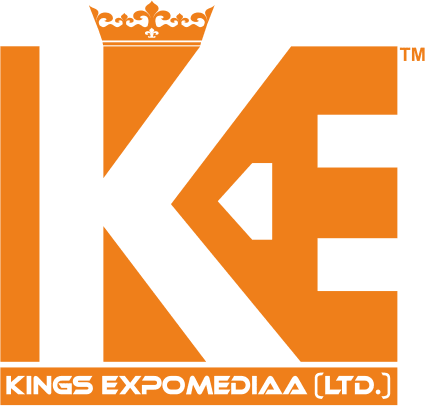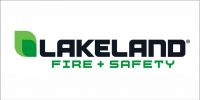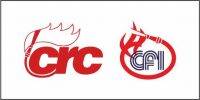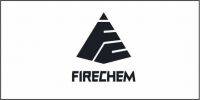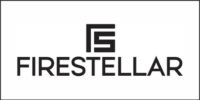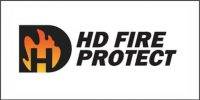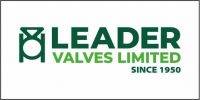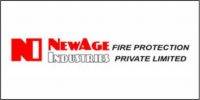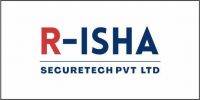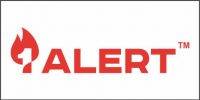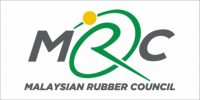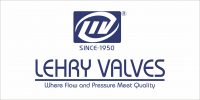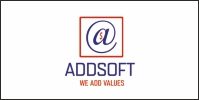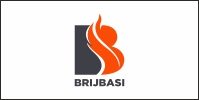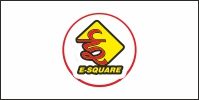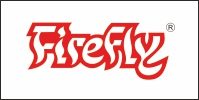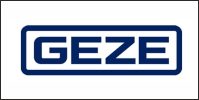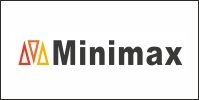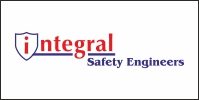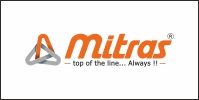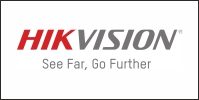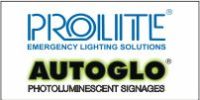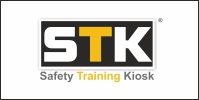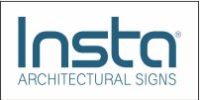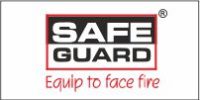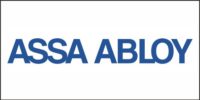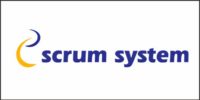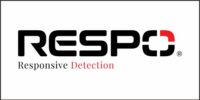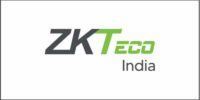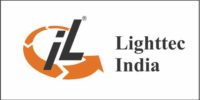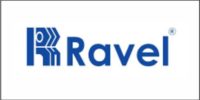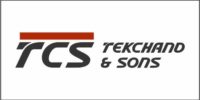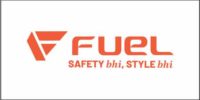 Across the world, schools are discovering that the path to sustainability runs straight through their classrooms. It’s transforming education in a very good way.
Across the world, schools are discovering that the path to sustainability runs straight through their classrooms. It’s transforming education in a very good way.
Picture this: A classroom that saves thousands of sheets of paper each year, students who collaborate on virtual whiteboards, and teachers who share content digitally. Imagine a world of education where assignments flow seamlessly without wasting a single sheet of paper. No more overflowing recycling bins, and no more guilt about the impact on the environment. Welcome to the paperless classroom.
The paper trail problem: The hidden costs of traditional classrooms
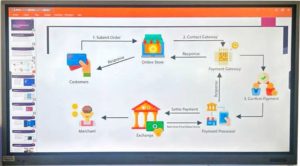 Traditional classrooms operate on a consumable-intensive model, creating ongoing financial and environmental burdens. Research shows that classrooms consume massive quantities of paper, In the US, for example, schools use 32 billion sheets annually at a cost of $1.6 billion. In the UK, schools consume on average one million sheets per school every year. This consumption represents a major environmental challenge which contributes to deforestation and waste generation.
Traditional classrooms operate on a consumable-intensive model, creating ongoing financial and environmental burdens. Research shows that classrooms consume massive quantities of paper, In the US, for example, schools use 32 billion sheets annually at a cost of $1.6 billion. In the UK, schools consume on average one million sheets per school every year. This consumption represents a major environmental challenge which contributes to deforestation and waste generation.
Beyond the cost of paper, consumable dependency extends to markers, chalk, and printing supplies, all of which require constant restocking. Teachers rely on projector systems which consume 150-800 watts each and adding to overall operating expenses. These recurring costs divert resources from core educational investments as schools struggle to balance quality education with fiscal responsibility and sustainable practices.
Going green with smart interactive solutions
Every morning in schools, teachers queue at copy machines as if they’re waiting for coffee. Students, meanwhile, manage stacks of worksheets that could rival a small forest, and recycling bins reach capacity by the end of the day.
Interactive displays, however, eliminate this entire workflow. Students collaborate directly on digital surfaces, assignments distribute instantly across devices, and lesson materials reside in cloud-based systems. The outcome: classrooms operate seamlessly with zero paper consumption.
Rather than distributing physical handouts to 20-30 students, educators present interactive content that enables simultaneous manipulation by all participants. Students annotate directly on displays, engage in collaborative problem-solving, and submit assignments digitally. Identical lesson materials serve multiple classes without reprints. Processes that previously demanded hundreds of paper copies can now be executed through touch interactions.
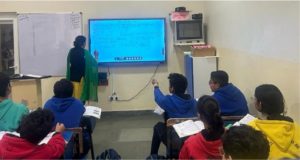 Beyond paper reduction, these displays provide energy efficiency that makes traditional projectors look like energy-hungry dinosaurs. Intelligent algorithms dynamically adjust brightness according to content requirements, while kicks in whenever the screen is idle. Engineered for extended lifecycles, they function for years without the frequent lamp replacements that send projector components to landfills. A single display can serve multiple classes, multiple subjects, and multiple years of sustainable e-learning.
Beyond paper reduction, these displays provide energy efficiency that makes traditional projectors look like energy-hungry dinosaurs. Intelligent algorithms dynamically adjust brightness according to content requirements, while kicks in whenever the screen is idle. Engineered for extended lifecycles, they function for years without the frequent lamp replacements that send projector components to landfills. A single display can serve multiple classes, multiple subjects, and multiple years of sustainable e-learning.
From paper stacks to digital success: Paperless education improves sustainability
Spring Dale Senior School in Punjab, India, exemplifies successful sustainable classroom transformation through their comprehensive ‘Going Paperless’ initiative. The school faced escalating costs from continuous restocking of markers and paper supplies. To address these challenges, they implemented Hikvision’s WonderHub interactive displays across 80 classrooms and conference rooms.
The results speak for themselves. Teachers now assign homework through integrated quiz applications while students participate via personal devices, eliminating printed worksheets entirely. Digital content gets instantly updated and shared across eco-friendly classrooms, completely removing the dependency on physical teaching materials.
More than that, the displays incorporate advanced green technologies, including PixMaster intelligent energy management, which identifies content types and adjusts image parameters such as brightness and contrast. Echo Mode further improves energy efficiency by reducing power consumption during periods of low activity. Together, these features ensure strong environmental performance without compromising visual quality.
The transformation didn’t just reduce environmental impact—it enhanced educational outcomes through increased student engagement and improved curriculum responsiveness. The school now positions itself as an innovative, environmentally conscious, educational leader. One investment delivered multiple benefits: cost savings, environmental protection, and better learning experiences.
The success at Spring Dale Senior School illustrates a broader global shift toward greener education. Schools worldwide are embracing interactive displays to cut paper waste while enhancing learning outcomes. Each digital classroom is a meaningful step toward sustainable, carbon-neutral education.
Forward-thinking institutions now regard interactive displays as essential infrastructure, driving environmental responsibility and educational excellence. Explore our interactive display solutions to build smarter, greener classrooms.
For more information, please visit us at www.hikvisionindia.com
